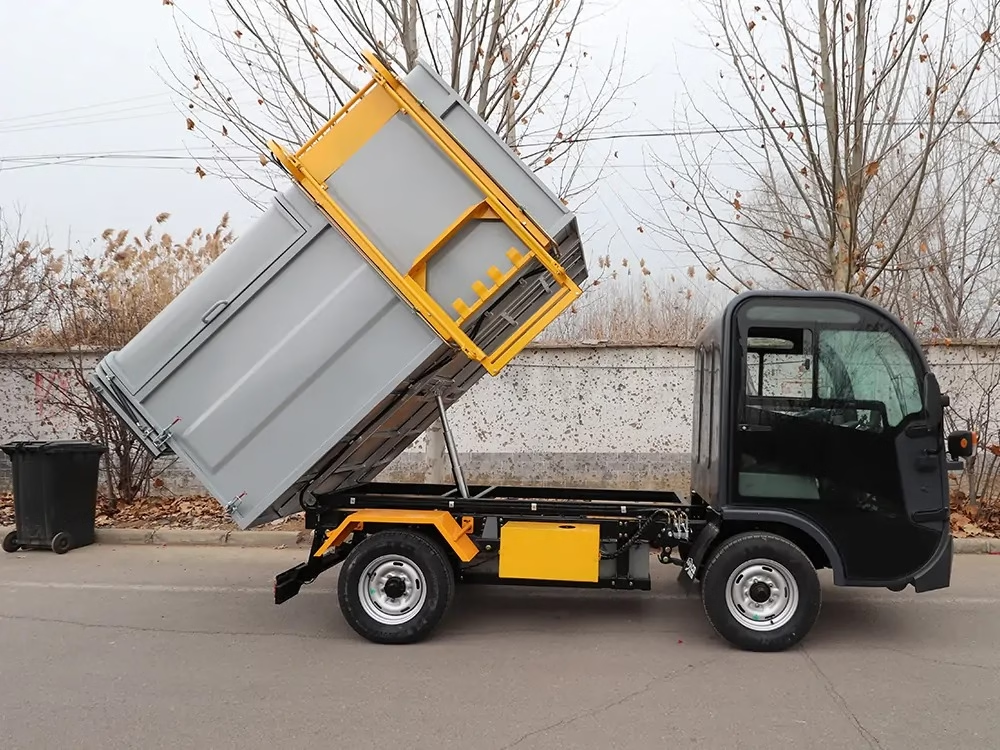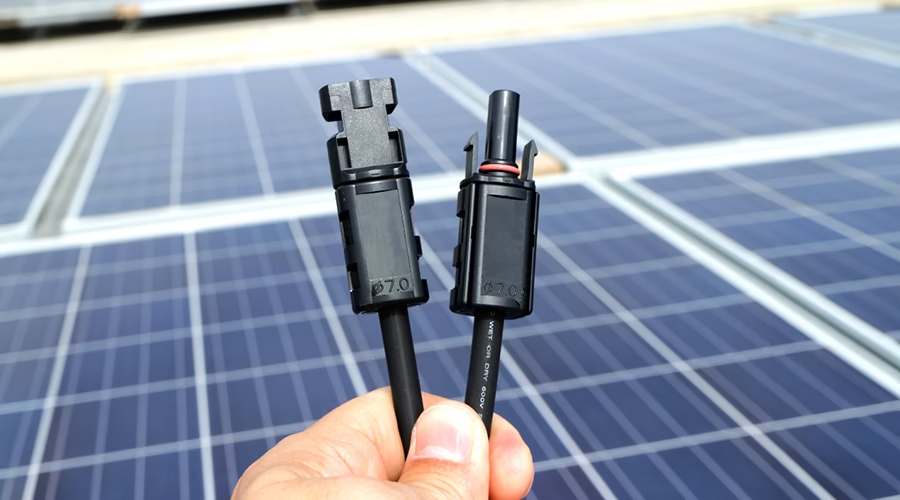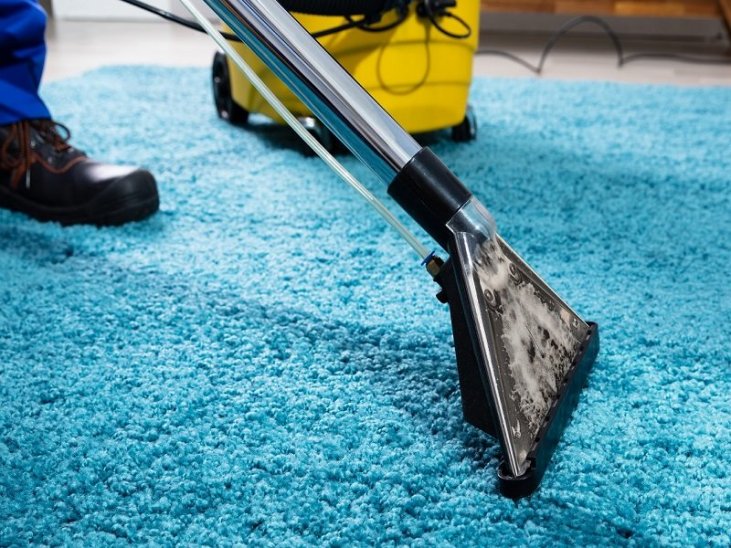A second-hand piano is a used musical instrument that creates sound when keys make hammers hit strings. It is not like digital pianos which use electronic sounds. These pianos are often cheaper but still have a rich warm tone. Many musicians love them for their charm.
Imagine a beautiful piano in your living room filling it with music. Its notes bring joy to your family and friends. A second-hand piano can make this dream real without costing too much, making it an exciting way to start playing.
This guide will steer you to the ideal second-hand piano for you. You will learn where to look and what to check for. It covers budgets, brands and care tips. Get ready to find a piano that fits your home and heart.
Understanding Your Needs and Budget
Buying a second hand piano starts with knowing what you need. Think about how much you can spend as prices range from a few hundred to thousands of pounds. Decide if you are a beginner or a skilled player to pick the right piano. A set budget guides you to pianos that suit your pocket and playing ability.
Consider the space in your home for the piano. Upright pianos work well in smaller rooms while grand pianos need more space. Ask yourself how often you will play and what music you love. This helps you find a second-hand piano that feels just right for your home and heart.
Where to Find Quality Second-Hand Pianos
Finding a great second-hand piano is like hunting for treasure. Start with reputable local music shops many keep restored instruments in tune and ready to play. Online marketplaces like eBay or Gumtree can be good too; just check the seller’s ratings. If you can visit a shop, play a few and listen to how they project in the room.
For a curated selection, browse specialists with second hand pianos for sale; you’ll often get detailed histories and technician reports. You can also buy through private sellers or trusted piano technicians. Ask friends or music teachers for recommendations, and look for clear maintenance records so you bring home an instrument that truly sings.
- Local music shops: Offer tested and often restored second-hand pianos.
- Online platforms: Sites like eBay have a variety but need careful checking.
- Piano restorers: Specialists provide high-quality refurbished instruments.
- Community boards: Check local ads or music schools for private sales.
- Word of mouth: Ask musicians or teachers for leads on reliable sellers.
Inspecting a Second-Hand Piano
Checking a second-hand piano is like giving it a friendly handshake. Play each key to hear if the sound is clear and even. Press the pedals to make sure they work smoothly without sticking. Look inside for dust or rusty strings which can mean trouble.
Bring a musician friend or hire a piano technician to help. Check the wood for cracks or water marks that show damage. Try different notes to feel how the keys respond to your touch. A good inspection ensures your piano will play beautifully for years.
Evaluating Brand and Condition
Picking a second-hand piano means looking at its brand and how well it has been kept. Trusted names like Yamaha, Kawai or Steinway often promise great sound and durability. Play the piano to see if its tone feels warm and rich to your ears. A good brand can mean a piano that lasts for years with proper care.
The piano’s condition matters just as much as its name. Check for smooth keys and clear notes with no buzzing sounds. Ask about its age and past repairs to know how it has been cared for. Testing a few pianos helps you find one that feels like home.
- Reputable brands: Yamaha, Steinway and Kawai offer reliable quality.
- Sound check: Play notes to ensure a rich even tone.
- Age insight: Older pianos may need more care but can still shine.
- Repair history: Ask for details on past fixes to gauge condition.
- Key response: Test keys for smooth action and consistent feel.
Maintenance and Long-Term Care
Tune a second-hand piano every six months to keep the sound crisp and clear. Place it away from radiators or damp walls to protect the wood. A quick dust with a soft cloth keeps it looking sharp.
Ask the seller about the piano’s past care to plan future upkeep. Some older pianos might need small repairs like fixing sticky keys. A humidifier can help if your home gets too dry. Simple steps like these ensure your piano plays beautifully for years.
Making the Final Decision
Choosing a second hand piano feels like picking the perfect song. Compare the sound price and condition of your top choices. Make sure the piano fits your home and plays the music you love. A quick chat with the seller can help you feel confident about your pick.
Do not be afraid to haggle for a fair price. Check if the seller can deliver the piano safely to your home. Play it one last time to be sure it sparks joy. Trust your gut to find a piano that will fill your days with music.
- Compare options: Weigh sound quality price and condition carefully.
- Space check: Ensure the piano suits your home’s size and style.
- Negotiate price: Ask for a better deal to stay within budget.
- Safe delivery: Confirm the seller can transport the piano securely.
- Final play: Test the piano again to confirm it feels right.
Conclusion
A second-hand piano brings music and joy to your home without breaking the bank. By checking its sound condition and care history, you can find a gem that sings. This instrument is ready to fill your life with beautiful melodies.
Head to a local shop or browse trusted sellers to start your search. Pick a piano that feels right and let it inspire your tunes. Your perfect second-hand piano is waiting to make memories.
Meta descriptions
Find the best second-hand piano for your home with tips on budget, sound, and condition checks. Start your musical journey today.





